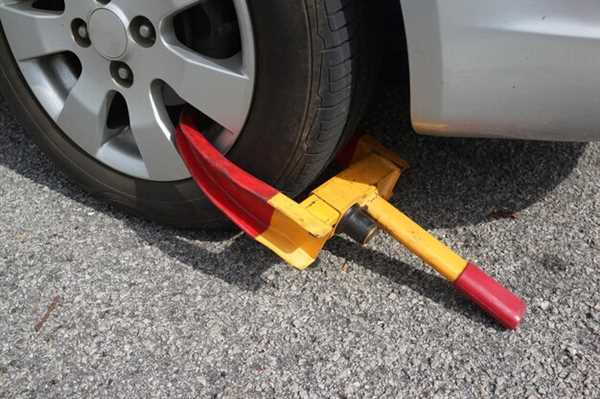
If you’ve encountered a sudden dip in the road, assessing your vehicle’s positioning on the road is crucial. Regular inspections can help prevent uneven tire wear and improve handling. A thorough check after an impact is recommended to ensure optimal performance.
Examine your tires for visual damage. Any bulges or visible wear patterns can indicate misalignment issues. It’s advisable to rotate your tires if you notice uneven wear, balancing the load for extended life.
Next, analyze the steering wheel’s response. If it feels off-center or requires extra effort to maintain a straight course, it’s likely the suspension has been affected. Pay attention to unusual vibrations as well, which can signal underlying concerns.
Scheduling a professional service quickly is beneficial if any issues arise. Mechanics can perform precise adjustments to restore your vehicle’s stability. Regular maintenance checks can mitigate future problems and ensure a smoother ride.
Signs That Indicate Your Wheel Alignment Needs Adjustment

Steering wheel vibration or pulling to one side while driving often suggests that there’s an issue with your vehicle’s setup. If you notice this behavior, it’s wise to inspect the condition of the suspension and associated components.
Another indication is uneven tire wear. Check your tires for significant differences in tread depth or cupping, which can signal misplacement of the axles or suspension parts.
Additionally, a crooked steering wheel when driving straight may point to misalignment. This misalignment could impact maneuverability and overall safety.
Pay attention to the vehicle’s performance during sudden stops or turns. If it feels unsteady or drifts, consider assessing the mechanism to prevent further issues.
Regular inspection and maintenance are essential. If you experience any of these signs, it’s critical to consult with a professional to ensure proper adjustments and maintain safety on the road.
Steps to Check Your Wheel Alignment at Home

Begin by ensuring your vehicle is parked on a flat surface, allowing for accurate measurements. Next, locate a long, straight object, such as a string or a tight rope, to serve as a guide.
Secure the string or rope around the front tires, making sure it runs parallel to the sidewalls. Measure the distance from the string to the rear tires; this will help you determine if there’s any deviation.
Next, carefully inspect the tire pressure. Inflate each tire to the manufacturer’s recommended level, as improper pressure may affect how the vehicle runs on the road.
Drive in a straight line for a short distance and observe the steering wheel position. It should remain centered; any noticeable off-center position indicates a potential issue.
Lastly, check for uneven tire wear. Inspect the tread on all four tires; excessive wear on one side suggests that adjustments are necessary to correct the setup.
When to Seek Professional Help for Wheel Alignment Issues
If your vehicle pulls to one side, it’s time to consult a specialist. A noticeable drift, especially after encountering a large depression in the road, indicates misalignment. Uneven tire wear patterns are another strong signal for professional evaluation. Inspect tires for conspicuous bald spots or irregularities; these are signs that adjustments are necessary.
A vibration in the steering wheel or a lack of responsiveness during driving can suggest problems that a qualified technician should address. Listen for unusual noises coming from the suspension system as they can also imply a need for expert intervention. If you’ve replaced suspension components or tires recently, having a professional check the geometry is advisable to ensure proper setup.
For vehicles that frequently experience rough rides or harsh impacts, regular assessments are recommended. Remember, addressing these issues promptly can prevent more serious damage and higher repair costs in the future. Don’t hesitate to reach out for an inspection if you’re unsure about the condition of your vehicle’s set-up.
